Longitude is a measure of position vital for navigation. In the eighteenth century there was no way to measure it and ships were being lost at sea. Parliament passed an Act setting a prize for anyone who could solve the problem.
The problem was solved by John Harrison, but the Board continually refused to award the prize until George III of England eventually stepped in. "Longitude" is the book and miniseries that covers his struggle, first with the scientific problem and then with an establishment that did not want to believe he had solved it.



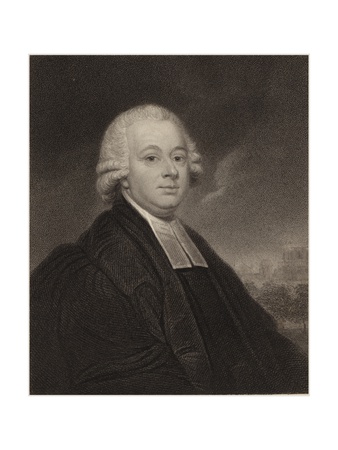
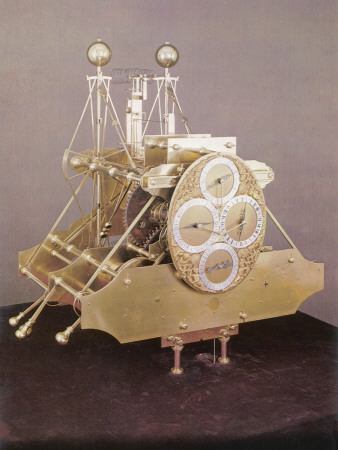
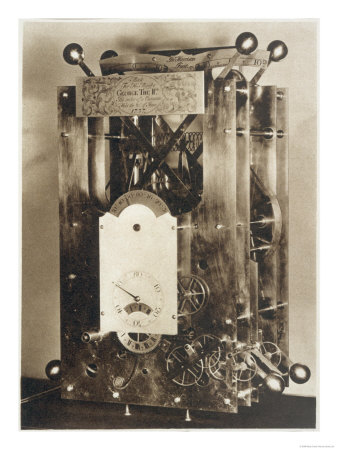
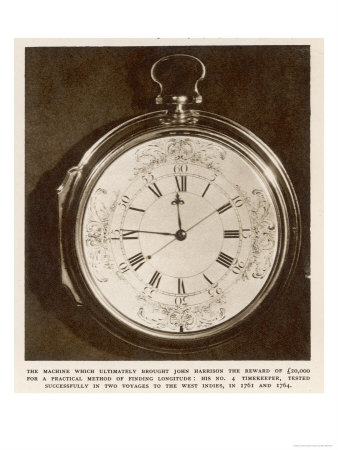
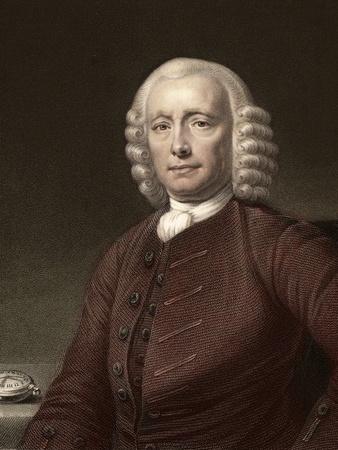






 Alternatives to Tweetdeckon 03/06/2015
Alternatives to Tweetdeckon 03/06/2015
 Computer Game reviewson 02/28/2015
Computer Game reviewson 02/28/2015
 The Bard's Taleon 02/04/2015
The Bard's Taleon 02/04/2015
 Domeboon 02/04/2015
Domeboon 02/04/2015



Comments